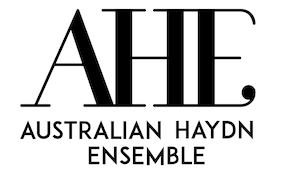Again, their readings are marked by a seemingly infinite variety of inflections, astutely calculated nuances and exquisitely judged tempi. Listen to the way they play the deliberately out-of-sync notes in the Spring Sonata’s tiny scherzo (all 81 seconds of it, displaying Beethoven’s rather tentative approach to the idea of the four-movement sonata!), or the delightfully delicate way they negotiate the finale to the Op 12 No 2, when the piano reaches the end one bar later than the violinist.
Hilary Finch, in her excellent sleeve notes, writes of the melody in the first movement of the Spring Sonata as “irresistibly vernal, creative sap rising freely…” which makes the drama of the second half of the movement all the more effectively contrasted. For all these delights, my greatest interest lay in the Op 96, Beethoven’s last Violin Sonata. Unlike the symphonies, piano sonatas and string quartets, Beethoven’s violin sonatas did not penetrate his “late” period, so this work is as close as we get. Nonetheless, it’s still enigmatic: its opening trill always seems to come out of silence as the continuation of music which has already begun.
The overall mood of the work is lyrical, with a delightfully spiky scherzo, realized to perfection by Ibragimova and Tiberghien, but it’s the final rondo-like poco allegretto – wistful, tender and resigned – which sets the seal on this marvelous recital.












Comments
Log in to join the conversation.